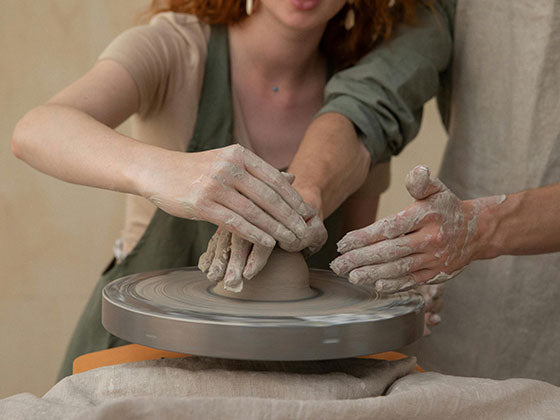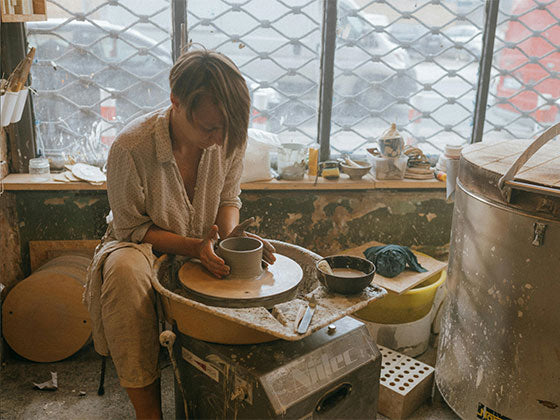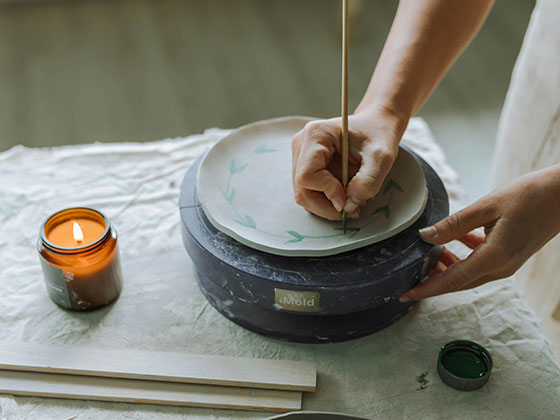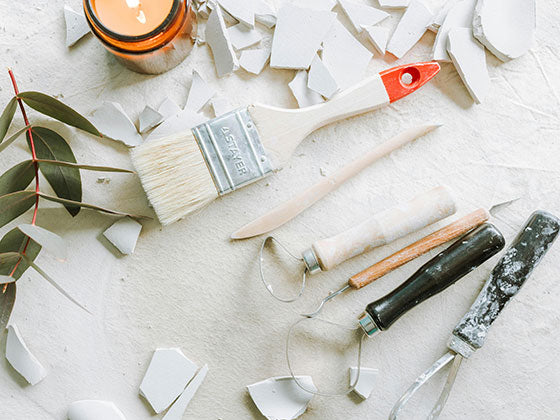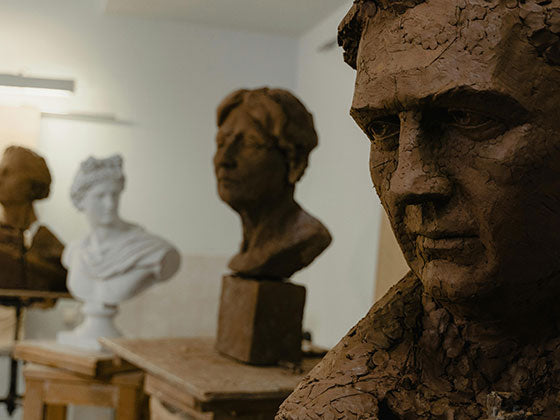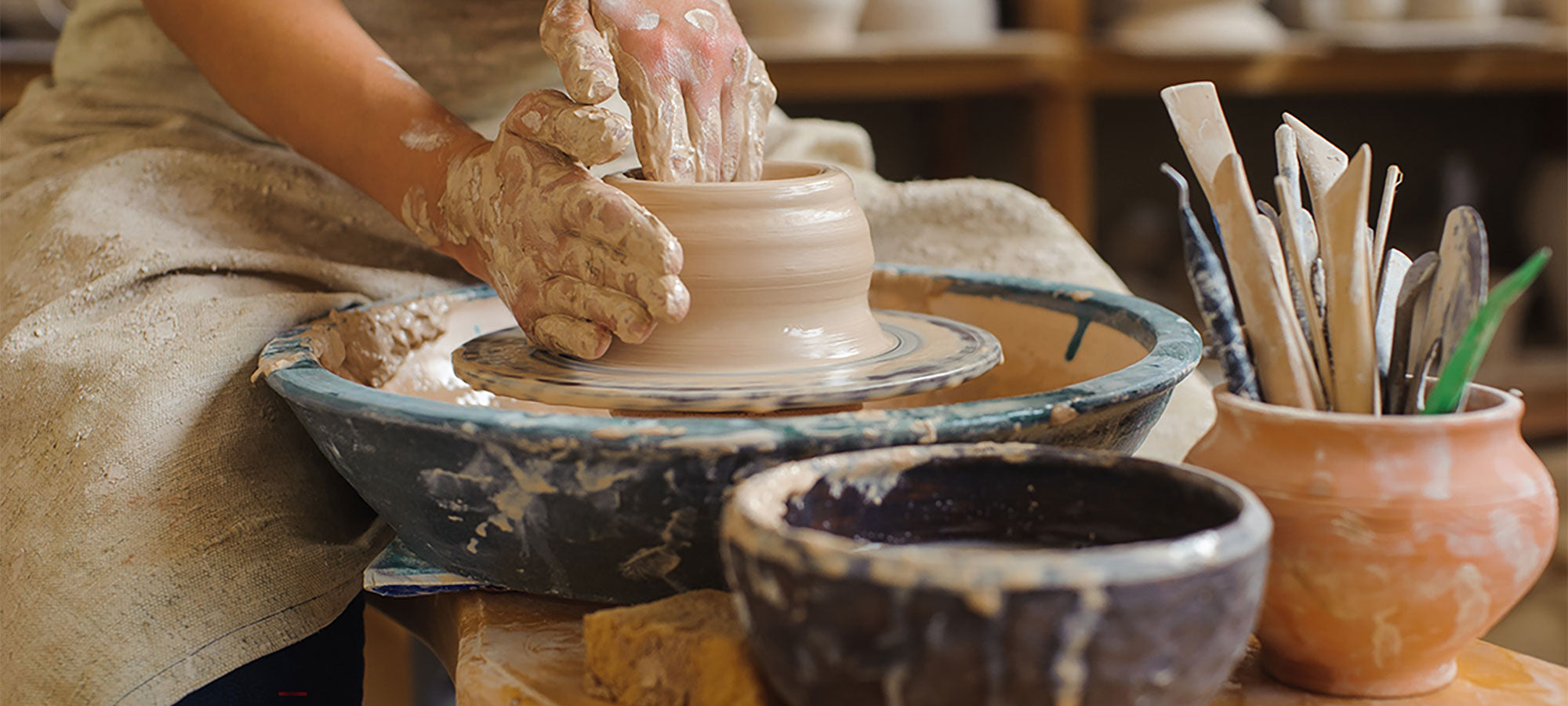FAQ
Potterycrafts Customer FAQ
Ordering & Products
You can place orders directly through our website at potterycrafts.co.uk. You'll need to create an account with us before placing your first order. Once you've selected your products, proceed to checkout where you'll confirm your order details and make payment.
Your order is only confirmed once we send you an email confirmation. Simply placing an order on our website doesn't guarantee acceptance - we'll confirm availability and acceptance via email.
If a product becomes unavailable after you've placed your order, we'll contact you as soon as possible to offer a suitable replacement or provide a full refund for the unavailable items.
Before confirmation: You can request amendments or cancellation at any time before we confirm your order. After confirmation: Once confirmed and dispatched, orders cannot be amended or cancelled (though consumer customers still have 14-day cooling-off rights for eligible products).
Product images are for illustrative purposes only. We make every effort to display colours accurately, but we cannot guarantee that every device will show colours identically. Products may vary slightly from the images shown.
Some products are produced in batches, so batch numbers can vary. Clay bodies can vary slightly between batches, so we recommend testing each batch and following any kiln repair or when changing firing procedures, glazes, or applications.
When ordering replacement parts (such as heating elements), it is your responsibility to double-check that they are compatible with your specific kiln or equipment model. Please verify model numbers, specifications, and compatibility before ordering. Potterycrafts will not be liable for any damage caused to products due to a failure of customers to follow product instructions or use incompatible parts.
Pricing & Discounts
Yes, unless stated otherwise, all prices shown include VAT. However, prices don't include potential local import taxes for international orders, which remain your responsibility.
No, only one discount code can be applied per order. Promotional discounts cannot be combined with other discount codes, including Pottery Association discount codes.
We reserve the right to correct pricing errors. If there's an error affecting your order, we'll contact you with options to either confirm the order at the corrected price or cancel for a full refund.
Delivery & Collections
Yes, we offer both collection and delivery options where possible. Contact us before placing your order if you wish to arrange collection.
We use reasonable endeavors to deliver within the timeframe specified when you place your order. Delivery times may vary depending on your location and the products ordered.
If you fail to take delivery or provide adequate delivery instructions, we'll contact you to arrange re-delivery. Multiple failed delivery attempts may result in additional re-delivery costs.
Yes, we offer international delivery. Standard international delivery charges don't include documentation or customs clearance costs. For orders over 20kg, we may request additional delivery costs before dispatch.
Payment
Personal customers must pay immediately on our website before placing orders. Business customers can pay at checkout or by arrangement with agreed invoice terms. Accepted payment methods are detailed on our payments page.
For standard orders: Payment is taken when you place your order. For pre-orders: You'll be charged in full when placing the order, before the item is dispatched.
Returns & Refunds
Consumer customers have 14 days to change their mind and cancel purchases (cooling-off period). This starts the day after you receive the product. You don't need to give a reason for cancelling.
- Custom/bespoke products or special orders (unless faulty)
- Glazes made in our laboratory (considered bespoke products)
- Pre-order products (though returns are possible with a 50% restocking charge)
Contact us to initiate the return process. Products must be returned in the same condition as delivered, with all original documentation. We'll arrange collection if we delivered it to you, or you'll need to return items if you collected them.
Refunds are processed within 14 days of us receiving your returned products, using the same payment method you used for the original purchase.
You're responsible for return delivery costs unless the goods are faulty or damaged.
Warranties & Product Quality
Products may come with manufacturer warranties and/or additional warranties. Warranty terms are available on our website or included with delivered products.
Report any faults within 48 hours of receiving your order. We'll discuss the rights and remedies available to you. Delaying fault reports may affect available remedies.
Handmade Tiranti products can vary in stated sizes due to the nature of handmade production. Items won't always match exactly in size.
Pre-Orders
Pre-order products are available for purchase from time to time and will be shipped 4-10 weeks from your order date. You'll be charged in full when placing the order.
No, pre-order products are non cancellable. If you wish to return a
pre-order product after delivery, there's a 50% restocking charge.
Accounts & customer service
Yes, you must create an online account before placing your order. You'll need to provide basic details like name, telephone number, email address, and password.
Keep your password secure and don't share it with others. If you suspect unauthorized access, contact us immediately.
- For order queries: sales@potterycrafts.co.uk
- Phone: +44 (0)1782 745000
- Address: Potterycrafts Limited, Campbell Road, Stoke on Trent, Staffs, ST4 4ET
Orders placed on Friday, Saturday, or Sunday will not be processed or dispatched until the following Monday.
Health & Safety
It's your responsibility to have finished ware tested as food safe, as production techniques and conditions vary. We recommend testing all glazes and finished pieces before use.
We make every effort to describe product contents and makeup. We strongly recommend reading all instructions and labels before use. COSHH health and safety data sheets are available on request for supplied products.
Yes, all electrical equipment requiring 3-phase power must be installed by a qualified electrician. Installation information is provided, but professional installation is your responsibility.

